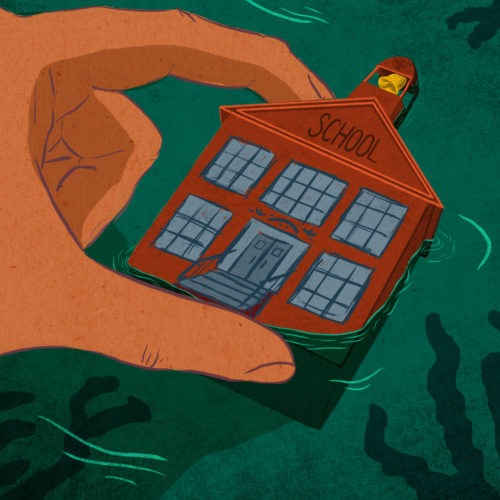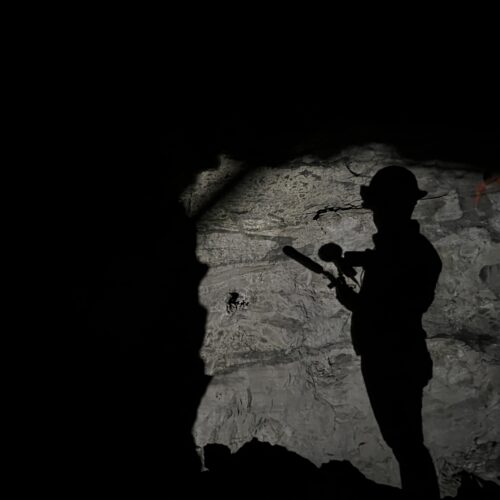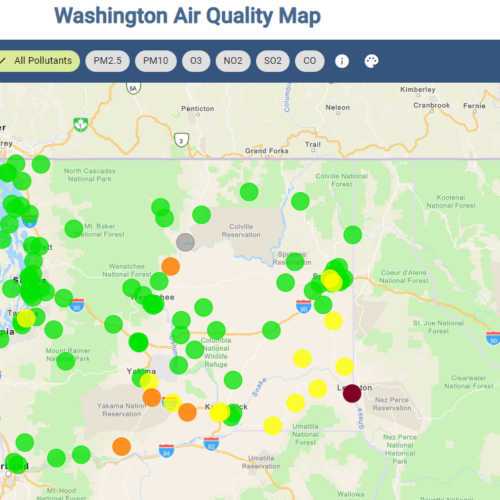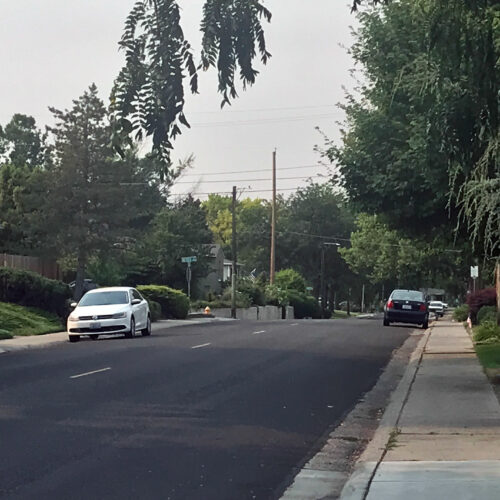
Why More Than A Million Teachers Can’t Use Social Security
BY CORY TURNER
Teachers have staged protests in recent weeks in West Virginia, Oklahoma, Kentucky, Colorado and Arizona. Some are fighting lawmakers who want to scale back their pensions.
It’s no secret that many states have badly underfunded their teacher pension plans for decades and now find themselves drowning in debt. But this pensions fight is also complicated by one little-known fact:
More than a million teachers don’t have Social Security to fall back on.
To understand why, we need to go back to Aug. 14, 1935. That is when President Franklin Delano Roosevelt signed the original Social Security Act.
“This Social Security measure gives at least some protection to at least 50 million of our citizens,” Roosevelt intoned.
But of those 50 million citizens, one big group was left out: state and local workers. That was because of constitutional concerns over whether the federal government could tax state and local governments, says Alicia Munnell, director of the Center for Retirement Research at Boston College.
“So, in the 1950s,” Munnell says, “there were amendments added to the Social Security Act that allowed governments to enroll their workers.”
And many did, leading the Social Security Administration to trumpet in one 1952 promotional film that “most American families are now able to ensure for themselves an income that is guaranteed for life.”
Most American families … except for a lot of teachers, says Chad Aldeman, editor of TeacherPensions.org.
“Fifteen states do not offer all of their teachers Social Security coverage,” Aldeman says, “and that means about 40 percent of the workforce is not covered.”
Forty percent of all teachers. That’s more than a million educators, in Alaska, California, Colorado, Connecticut, Georgia, Illinois, Kentucky, Louisiana, Maine, Massachusetts, Missouri, Nevada, Ohio, Rhode Island and Texas.
Now, these teachers aren’t benefit-less. The law requires that states that opt out of Social Security give teachers a pension that is at least as generous.
“On the whole, teachers who don’t get Social Security aren’t necessarily disadvantaged if they work a full career and get a full pension,” says Andrew Biggs, who studies retirement issues at the American Enterprise Institute.
But there are still risks, Biggs says. For one, many teachers don’t spend a full career in the classroom, and some states’ pension plans take a decade before teachers see any real benefit.
“You know, in theory, you could work for 10 years as a schoolteacher, come out with very little on the pension end, but also not have earned any credits toward getting any Social Security benefits,” Biggs says.
In other words: 10 years of work with little retirement savings to show for it.
There is another big risk for teachers who don’t get Social Security — even the ones who spend a lifetime in the classroom.
Many states that long ago opted out of Social Security have also underfunded their pension plans, badly.
“We’re kind of worried now,” says Munnell of Boston College. “In some places, they’re actually going to run out of money.”
Pension experts say this is a real conundrum in many places right now: how to fund pension systems that have been starved for decades without giving teachers a retirement plan that is not as secure as Social Security.
Exhibit A: Kentucky.
There, Republican Gov. Matt Bevin has warned, “If we don’t change anything, the system will fail, and most of the people now teaching will never see one cent of a retirement plan.”
Late last month, in a surprise move, Kentucky Republicans rushed a pension reform bill through committee that would scrap the old pension plan for new teachers. Instead, they’ll get something in between a pension and a 401(k) called a cash-balance plan.
Democrats in the room were stunned.
“We’ve had three or four ways to raise money for this [pension system],” said state Rep. Tom Burch, rebuking his Republican colleagues. “You’re a bunch of cowards in this group.”
A cash-balance plan shifts more risk and uncertainty onto workers — in a state where teachers don’t have a safety net. Unlike the old plan, there is also no protection to keep lawmakers from cutting state benefits down the road.
Copyright 2018 NPR
Related Stories:

WSU, UI students join protests of U.S. support to Israel
Students in the Inland Northwest this week joined growing antiwar protests at schools across the country.

Palestine supporters block Port of Tacoma to protest U.S. military aid to Israel
Since early Monday morning, hundreds of protestors have been blocking the three road entrances into the Port of Tacoma in an attempt to stop workers from loading a United States military supply vessel, the Cape Orlando, with weapons and military equipment.

Olympia school board president thinks RIF is likely
The Olympia School Board plans to vote tonight on whether to begin a reduction in force (RIF) process. School board President Darcy Huffman said it’s likely the board will approve the process, which would mean staff below a certain seniority level could be let go.















